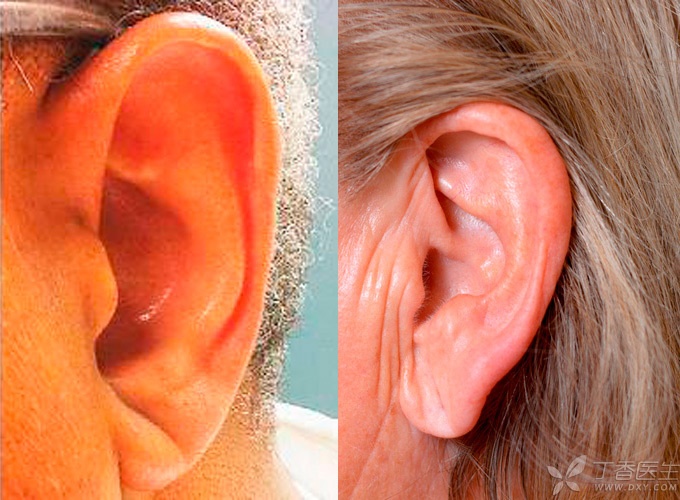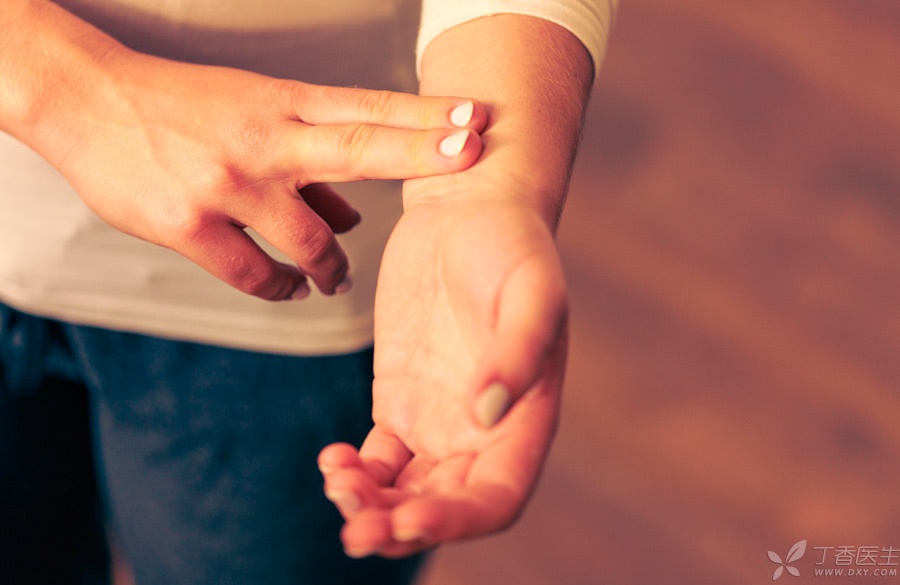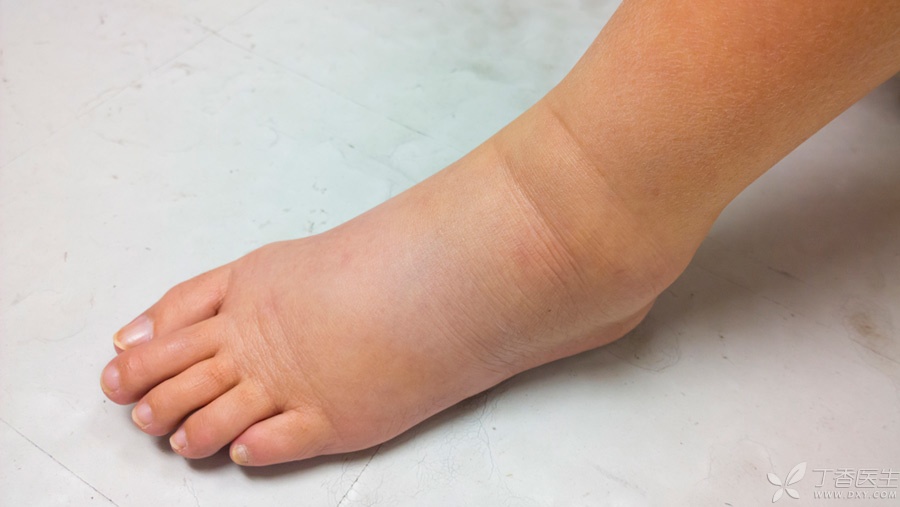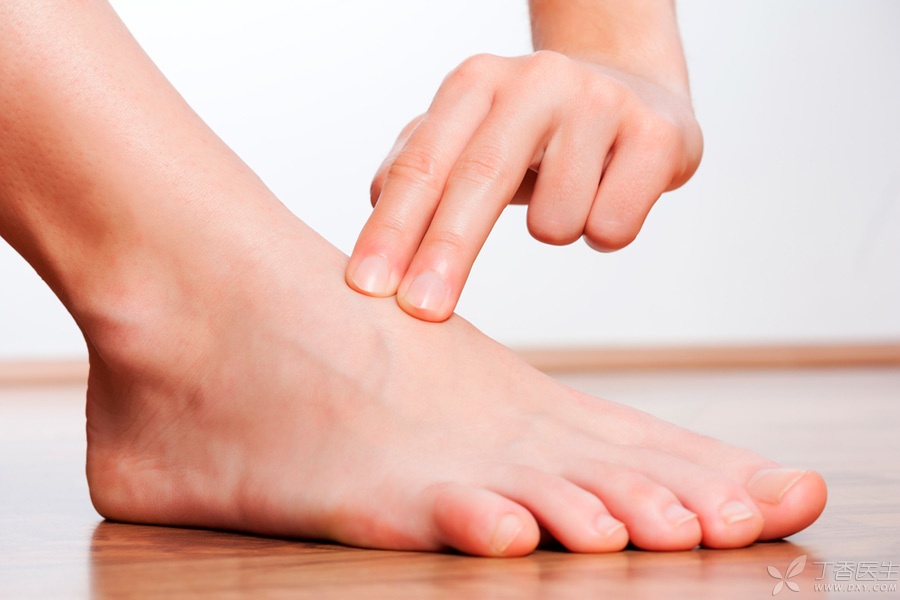Worried about your vascular health?
Dr. Fan Zeyang of Vascular Surgery told us that if you touch yourself more every day, you can get a lot of health information.
He shared a little skill: everyone can touch these five places on their bodies to get a general understanding of the health status of our blood vessels.

Let’s touch it from top to bottom ~
Touch the earlobe
There is a saying that the popularity is not low:
The earlobe of a normal person is smooth. If [creases] [wrinkles] appear in the earlobe under one or both ears, it means that the risk of heart disease is higher than that of others.
Some studies have found that the incidence and severity of coronary heart disease are higher for people with earlobe creases than for people without earlobe creases.

However, some scientists found that earlobe creases are not necessarily related to heart diseases after investigating and counting Asians.
At present, the academic circle does not know the mechanism of earlobe crease formation, but it is considered that it may have some correlation with heart diseases.
As a public, it is not necessary to worry too much about finding creases in earlobes. It can be used as a warning.
However, with or without this crease, enough attention should be paid to heart health.
Dr. Clove advises people over the age of 50 to have regular physical examinations every year and rely on more accurate scientific methods to prevent and treat heart diseases. After all, advanced instruments make the examination more effective and accurate.
Touch one’s wrist

Gently put your finger on the thumb side of your wrist to feel your pulse. This can indicate arrhythmia such as atrial fibrillation, and also indicate diseases such as vascular stenosis.
In short, atrial fibrillation is irregular heart beating, which will cause ischemia and hypoxia of the body, or thrombosis. Long-term atrial fibrillation without diagnosis and treatment will lead to syncope, dyspnea and other conditions, and even life risks.
Irregular pulse beating is the simplest and easiest way to find atrial fibrillation. Not only should you feel the pulse, you can also let your family put your hands on your wrist and chest at the same time. Inconsistent heart and pulse beating are also manifestations of atrial fibrillation.
The normal pulse beats 60-100 times per minute at regular intervals. If it is too fast, too slow or rhythmic, check to find out the reason.
In addition, subclavian artery stenosis will also affect the normal pulse, one side of the pulse is weak, even can’t touch the situation. Severe subclavian artery stenosis not only affects the upper limb blood flow, but also affects the blood supply to the brain, resulting in dizziness, inability to see clearly, walking instability and other symptoms.
Look, when you are free, you can feel your pulse and get a general understanding of your physical condition.
Touch one’s stomach

Obesity will increase the risks of cardiovascular and cerebrovascular diseases, diabetes and stroke, and will increase the burden on all organs of the body.
Fat or not depends not only on weight but also on waist circumference.
Waist circumference is a more sensitive indicator to predict hypertension, diabetes and cardiovascular and cerebrovascular walls.
Waist circumference measurement method: use a tape measure to make a horizontal circle at 0.5 cm to 1 cm above the umbilicus, and obese people choose the thickest part of the waist to make a horizontal circle.
Chinese men > 85cm and women > 80cm are considered to have excessive abdominal circumference.
Work towards the small waist!
Touch one’s legs

Press your legs and feet. If you find that one limb is thicker than the other, press one pit at a time, or your legs are heavy and swollen, it may be edema in your legs.
Leg edema is caused by poor blood reflux or deposition of body fluids in lower limbs.
Leg edema without obvious inducement, especially both legs edema, may reflect serious diseases, such as cardiac insufficiency, varicose veins, leg thrombosis, liver and kidney diseases, thyroid diseases, diabetes, allergy, etc., and may also be caused by some drugs.
There is edema in the leg, so we must not belittle it. We must tell the doctor in detail about our situation in time and handle it properly.
Touch the instep

The pulsation of dorsalis pedis artery can reflect the health status of blood vessels to a certain extent.
Its pulsation intensity varies from person to person, some people’s pulsation is very strong, and some people’s pulsation seems to be absent. This is mainly related to natural anatomical differences or fat and thin feet.
However, if a person’s dorsal foot artery pulsation changes, it may indicate that there is a problem with the artery.
The most common reason for the weakening of dorsal foot artery pulsation and left-right asymmetry is arteriosclerosis of lower limbs.
This may lead to foot pain, laceration is not easy to heal, and even foot necrosis.
If the bilateral dorsalis pedis arteries are getting weaker and weaker, it is also necessary to guard against atherosclerosis, stenosis and other conditions caused by relatively higher blood vessels such as the common iliac artery.
Diabetic patients have a higher risk of this kind of situation, so it is very important for diabetic patients to find the disappearance of dorsal foot artery pulsation in advance.
Moreover, in addition to the pulsation of the dorsal artery of the foot, diabetic patients also need to pay attention to whether their feet are particularly dry and have skin peeling. This all indicates that diabetic foot may be possible.
In case of the above situation, we must go to the hospital for examination to find out the cause of the abnormality as soon as possible.
Blood vessels will inevitably have hardening and stenosis, but we can slow down the development of atherosclerosis by paying attention to all aspects of our daily life. Reasonable diet, appropriate exercise, non-smoking and non-drinking, active treatment of chronic diseases, etc. are all things that should be done to protect cardiovascular diseases!
Touching these five places on our body can help us to monitor the vascular condition to a certain extent, nip in the bud and prepare for a rainy day.
Of course, the last thing to emphasize is:
These self-examination methods can play a certain role in prompting at most. If you really find physical problems, remember to ask the doctor.
